The Benefits of Longleaf Pine Restoration to Landowners
By: Amos S. Eno
Posted on:03/15/2011Direct from the National Outstanding Tree Farmer of the Year: the advantages and aesthetics of long leaf pine
“I’ve owned property since 1983 and have accumulated 1,762 contiguous acres. My forest management changed drastically after Hurricane Ivan.”
That’s Salem Saloom talking, a surgeon from southern Alabama and owner of Saloom Properties, LLC. “I live in the longleaf range,” he says. “There’s not much left except old remnants, but I’ve seen it all my life.”
In the Aftermath of Hurricane Ivan
“After I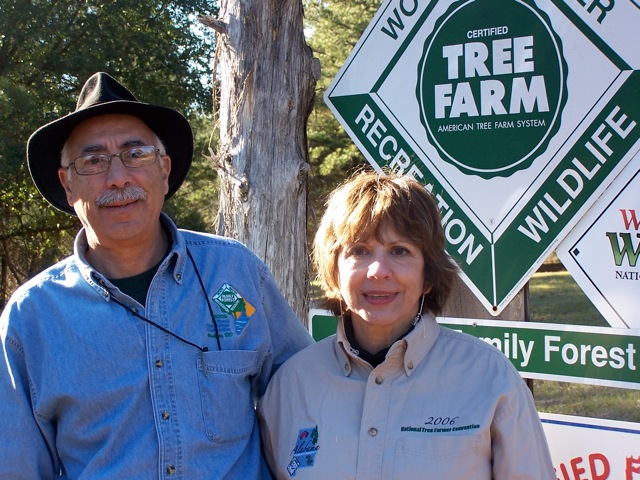 van in 2004, I looked over my property with a forester who estimated that $400,000 worth of timber was on the ground. I had to sell it for $225,000 because all the wood yards were inundated. After that, I had to clear cut 156 acres because those areas did not have enough stems left to manage. It took five months of logging, yielding $190,000 worth of timber, to clean the rest of the damaged property. We reinvested this back into the land.”
van in 2004, I looked over my property with a forester who estimated that $400,000 worth of timber was on the ground. I had to sell it for $225,000 because all the wood yards were inundated. After that, I had to clear cut 156 acres because those areas did not have enough stems left to manage. It took five months of logging, yielding $190,000 worth of timber, to clean the rest of the damaged property. We reinvested this back into the land.”
Salem noticed something else after Ivan too. He saw that the dense-grained longleaf had weathered the storm much better than his loblolly. “When you look at the effects of Katrina and other storms, we know that longleaf will not be left unscathed but will fare much better than other species of pine. I got interested in longleaf and in 2006 restored 156 acres of longleaf on my property. Then I started learning a whole lot about it.”
Salem is evidently the kind of person who does not do things half way. Since his beginning in 2006, Salem has planted 472 acres of longleaf pine. He took the course offered by the Alabama Forestry Commission to become a certified burn manager so he can conduct prescribed burns on his own property. By 2010, he had been named National Outstanding Tree Farmer of the year.
“People think it t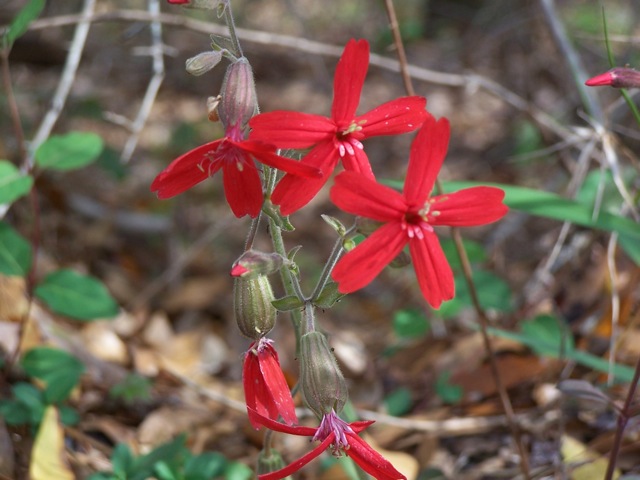 akes a lot longer to reap economic benefits from longleaf, but that’s not true. It stays in the grass stage (looking like an inconspicuous tuft of grass) longer because it’s growing a long tap root. That root makes the tree more wind and drought resistant. Longleaf is also more resistant to the Southern Pine Beetle, so over the life of a longleaf stand, it outproduces loblolly!”
akes a lot longer to reap economic benefits from longleaf, but that’s not true. It stays in the grass stage (looking like an inconspicuous tuft of grass) longer because it’s growing a long tap root. That root makes the tree more wind and drought resistant. Longleaf is also more resistant to the Southern Pine Beetle, so over the life of a longleaf stand, it outproduces loblolly!”
Salem continues enthusiastically, “With longlfeaf, I can get up to 70% pole production versus 17 to 20% from loblolly, which changes the economics considerably. There’s also a hot market for pine straw now, which can be harvested between 8 and 10 years of age.”
And that’s not all. “The spacing between longleaf - usually planted at 500 per acre - is conducive to wildlife. In contrast to the loblolly canopy, longleaf allows more light through for forbs and grasses, and more habitat for wildlife: deer, gopher tortoise, and many species of birds.
“With longleaf, I’m trying to get out of the mindset of clear cutting in 30 years. It takes 25 years minimum before this species starts cone production, but in my future stand management I’d like to naturally regenerate longleaf,” concludes Salem.
Salem has found that his ongoing management of longleaf contributes not only to his bottom line, but more importantly to his enjoyment along the way: aesthetic appeal, varied recreational opportunities for his friends and family, and many volunteer educational activities for children and other landowners.
Investing in the Future
How many times are we harangued these days, in the media and by economists, to think about how to invest for the long term? Most people save for their children’s education, but it takes a special kind of faith to step into the unknown. Longleaf restoration is the ecological equivalent of saving for the future.
It takes faith to env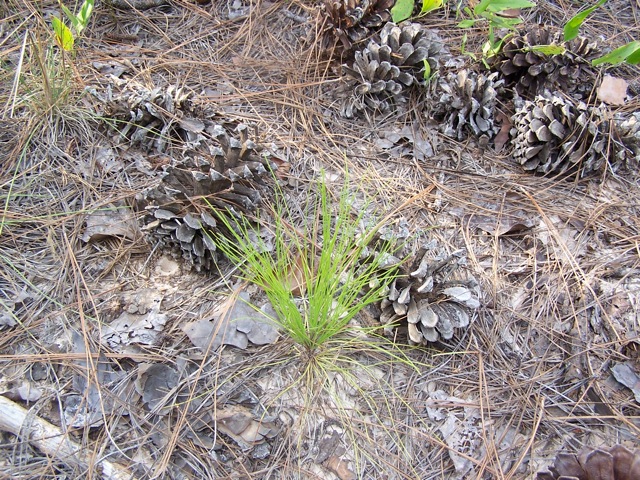 ision those tiny grass-stage trees pushing their tap roots deep into the ground. It takes faith to wait 5 or 10 years long
ision those tiny grass-stage trees pushing their tap roots deep into the ground. It takes faith to wait 5 or 10 years long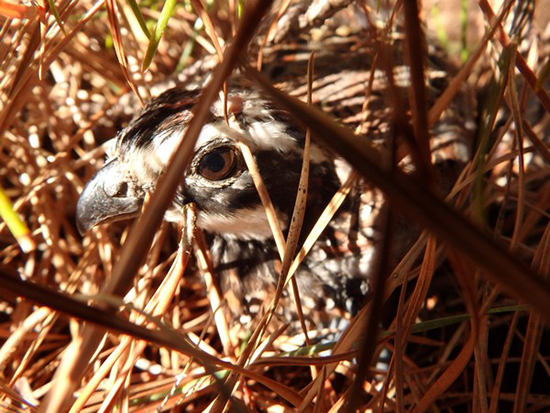 er for a harvest, and still expect a good income. It takes faith to anticipate hearing the first cheerful whistle of the Bobwhite in a forest that had long since forgotten its song.
er for a harvest, and still expect a good income. It takes faith to anticipate hearing the first cheerful whistle of the Bobwhite in a forest that had long since forgotten its song.
Yet apparently, thousands of small forest landowners across the South have that faith.
Todd Nightingale works for the Texas Forest Service as coordinator for the Texas-Louisiana Longleaf Taskforce. He too is enthusiastic about longleaf’s potential to “solve 80 to 90 percent of the problems in forestry we’ve had over the last several decades. But most Texas longleaf was gone by the 1950s, so we don’t even have longleaf soils accurately mapped. A lot of the skill set to manage it has been lost.”
Nevertheless, Todd says that demand for NRCS and WHIP funding to cost-share longleaf restoration is “huge.” This past De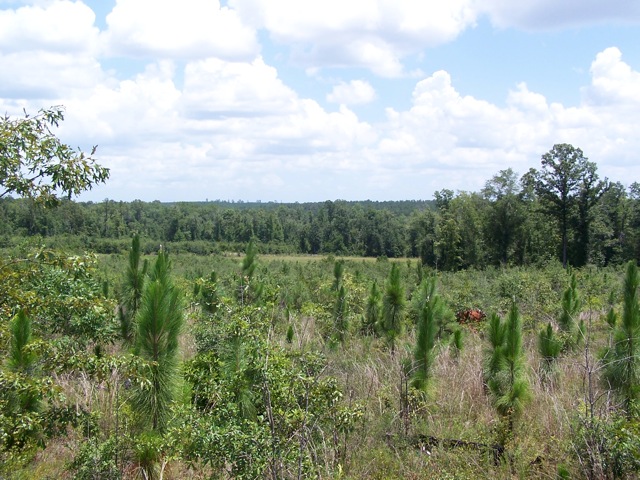 cember, when they put out a bulletin to landowners about the availability of longleaf cost-share funding, “I got 50 calls in the week before the holidays!” Todd exclaims. “There is so much demand for longleaf. People like the idea of an open pine forest understory with benefits for wildlife. Every time we mention it, it takes off. There is tremendous interest.”
cember, when they put out a bulletin to landowners about the availability of longleaf cost-share funding, “I got 50 calls in the week before the holidays!” Todd exclaims. “There is so much demand for longleaf. People like the idea of an open pine forest understory with benefits for wildlife. Every time we mention it, it takes off. There is tremendous interest.”
It appears that the practice of longleaf restoration has finally grown out of the grass stage!
 Sign In
Sign In
 Sign In
Sign In
